Hi, what do you want to do?
Sophia Learning
Sophia: Characters and Theme
This lesson introduces the connection between characters and theme in fiction writing. RL.9-10.3 Analyzing Characters
Sophia Learning
Sophia: Characters and Setting
This lesson introduces the connection between characters and setting in fiction writing.
Caro Clarke
Caro Clarke: What Is Conflict?
This is the sixth in a series of articles designed to help the new writer with their novel. This article focuses on conflict and how it effects the characters and the plot of the story. W.11-12.3a Narratives
Caro Clarke
Not Stopping the Reader: How to Avoid Stumbling Blocks
This is the eighth article in a series that focuses on helping the new novel author. This article looks at how the author can avoid creating stumbling blocks that disrupt the flow of the novel.
Caro Clarke
Explaining Too Much: Why More Is Less
This is the eleventh article in a series that is designed to help the new novel author. This article focuses on how to eliminate needless information in your novel. The key is to not explain too much about the action.
Caro Clarke
Historical Fiction: Who Rules?
This is the fifteenth article in a series designed to help the new novel author. This article focuses on the genre of historical fiction and the role of the author. Is the author a researcher or a story-teller?
Caro Clarke
A, B, and C Characters
This is the ninth article in a series that focuses on helping the new novel author. This article focuses on what the author calls "A, B, and C Characters," used to describe the different levels of characters.
McGraw Hill
Glencoe Literature Library: "Heart of Darkness" and "The Secret Sharer" [Pdf]
Explore Joseph Conrad's novella, "Heart of Darkness," and his short story, "The Secret Sharer," with the help of this study guide. It provides pre-reading material (author biography, vocabulary, introductory article), reading activities,...
Other
Anthologies online.com: Understanding Theme and Premise
AnthologiesOnline.com provides this article Understanding Theme and Premise by Susan J. Letham, which provides tips on how to develop ideas for writing.
TES Global
Blendspace: What Makes Stories Scary?
A learning module that includes fourteen links to websites, videos, and activities on writing scary stories. Lessons focus on vocabulary, plot and character development, elements of gothic stories, tone and mood, suspense, and more.
Organization for Community Networks
Ofcn: The "Real" Fairy Tales
This lesson plan was designed to help students develop their imagination and writing skills. Students will have an opportunity to rewrite their favorite fairy tales.
American Museum of Natural History
American Museum of Natural History: O Logy: Stuff to Do: Space Travel Guide
What makes science fiction so exciting? Read some examples of the genre and then create your own science fiction story about space travel. Use the supplied "travel guide" to generate ideas and structure your plot.
Yale University
Yale University: Elements of the Short Story
This unit from the Yale University on elements of the short story is designed to develop student comprehension skills, particularly making inferences and generalizing. It also involves students in reading a number of short stories to...
Other
Literature Unit: "A Day No Pigs Would Die"
This site features questions for each of the chapters in Robert Newton Peck's "A Day No Pigs Would Die."
Houghton Mifflin Harcourt
Houghton Mifflin Books: Zathura by Chris Van Allsburg
This comprehensive teacher's guide for the book "Zathura" by Chris Van Allsburg provides us with an opportunity to examine how writers blend scientific information with a fictional story.
Alabama Learning Exchange
Alex: Story Add Ons
This is a technology-rich lesson plan which allows students to explore proper language conventions while utilizing portable keyboards for word processing.
National Endowment for the Arts
National Endowment for the Arts: The Big Read: Wolff: Old School
Guide to Tobias Wolff's Old School, with historical information, author biographies, discussion questions, and a ten-lesson unit of study including activities, writing exercises, project ideas, and essay topics. A radio show, with...
McGraw Hill
Glencoe Literature Library: "Shiloh" Study Guide [Pdf]
Explore Phyllis Reynold Naylor's "Shiloh" with the help of this study guide, which provides pre-reading material (author biography, vocabulary, introductory article), reading activities, brainstorming ideas, and thought-provoking writing...
SparkNotes
Spark Notes: Wuthering Heights by Emily Bronte
Read a Plot Overview of the entire book of Wuthering Heights by Emily Bronte or a chapter by chapter Summary and Analysis. Also provided are links to character lists, main ideas, quotes, and writing help.
Other
Comic Master: Graphic Novel Creator
This site allows students to create their own comic strips. Students will pick the characters, write their own dialogue, and develop a plot. Students can click and hear music as they are creating their comic strips. This site is...
Books in the Classroom
Carol Hurst's Children's Literature Site: Phyllis Reynolds Naylor
This site is a discussion of some of Phyllis Naylor's works and contains information about the author and evaluates the themes and ideas that she expresses in her writing. It also contains some plot summaries of some of her books.





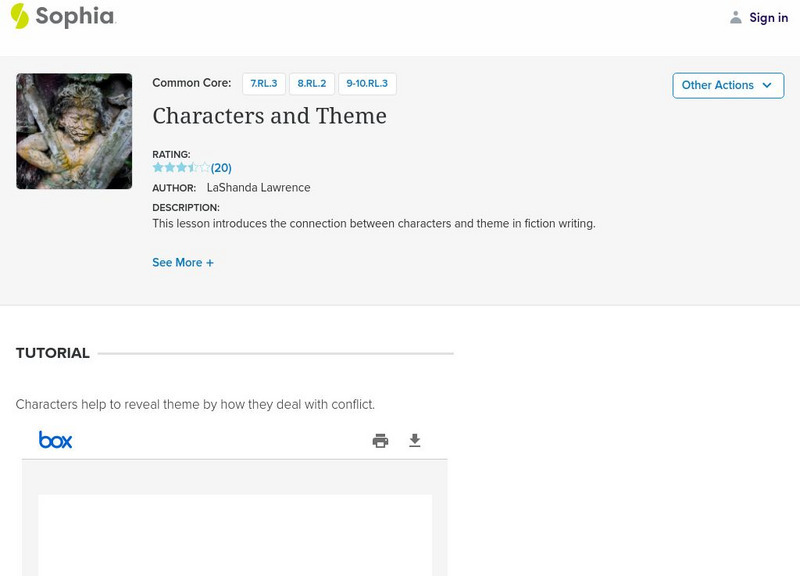






![Glencoe Literature Library: "Heart of Darkness" and "The Secret Sharer" [Pdf] Unit Plan Glencoe Literature Library: "Heart of Darkness" and "The Secret Sharer" [Pdf] Unit Plan](https://content.lessonplanet.com/knovation/original/103595-009a02cc7b112d1df55997380011c618.jpg?1661498485)


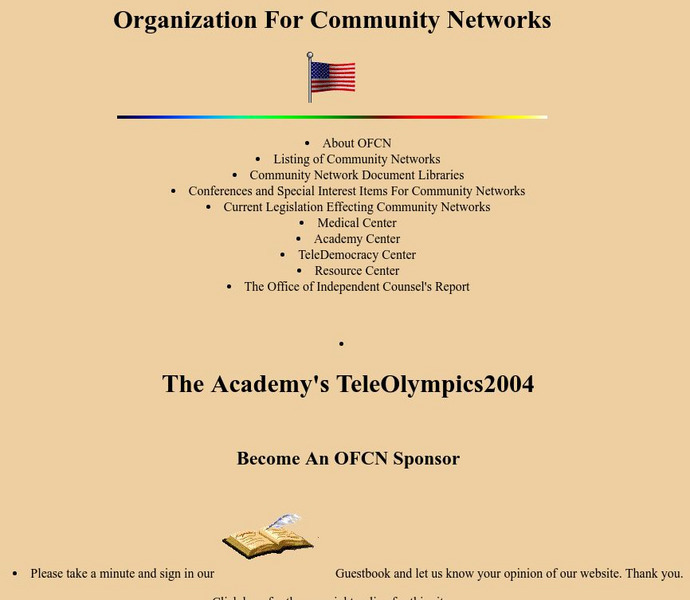

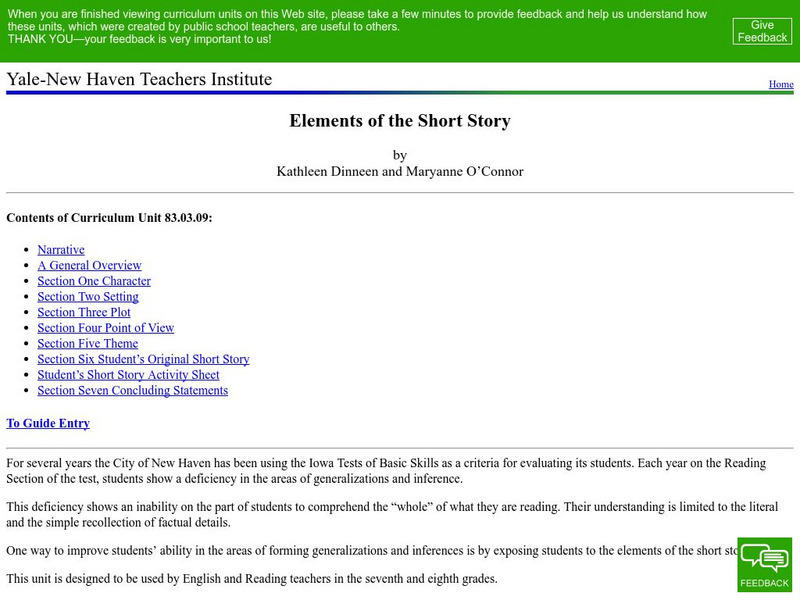

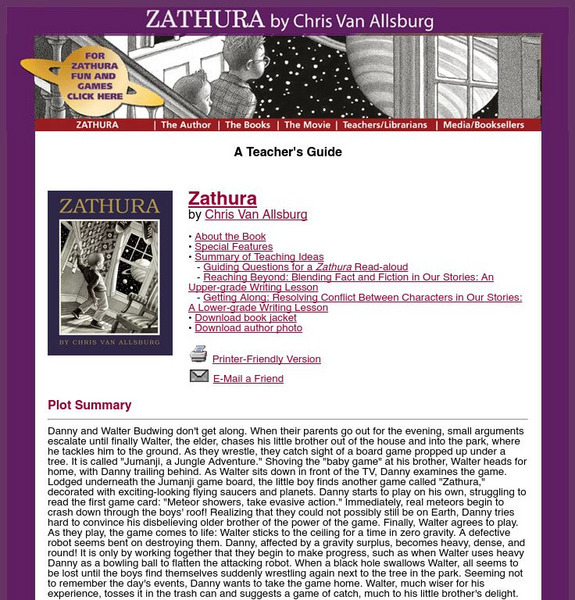
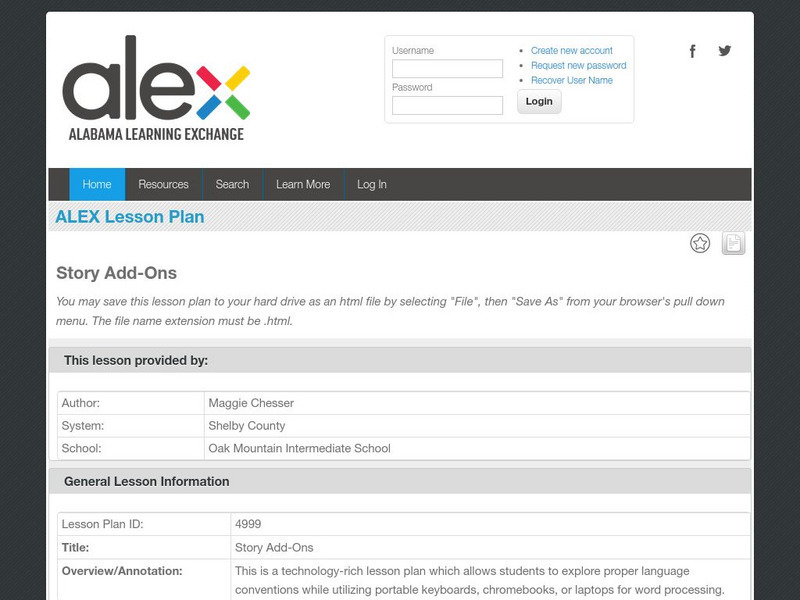
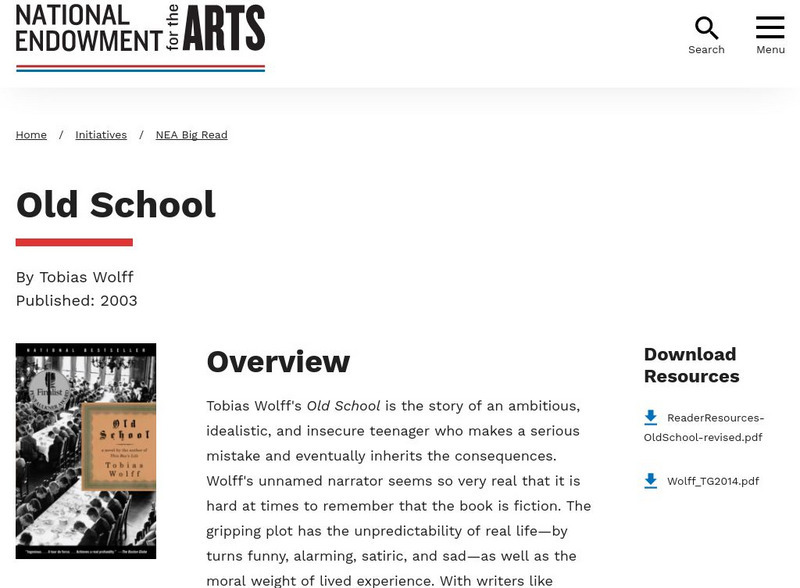
![Glencoe Literature Library: "Shiloh" Study Guide [Pdf] Unit Plan Glencoe Literature Library: "Shiloh" Study Guide [Pdf] Unit Plan](https://content.lessonplanet.com/knovation/original/103578-b8ba4ad1fc971cf557c00bd6390df93e.jpg?1661498447)

